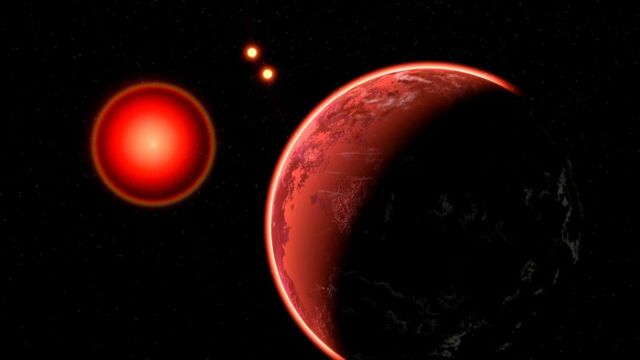In 2016, Proxima B was spotted using the HARPS spectrograph. Since 2003, this instrument has allowed astronomers to discover hundreds of exoplanets. Now, thanks to a new spectrograph called ESPRESSO, researchers were able to detect planets orbiting low-mass stars with extreme precision. They shared their discovery in the journal Astronomy & Astrophysics.
Discover our latest podcast
ESPRESSO was specially designed to observe rocky planets. The spectrograph carried out radial velocity measurements for Proxima B with an accuracy of 30 centimetres per second. This precision is four times higher than that of the 2016 studies. Scientists analyzed the data collected and found that Proxima b has a mass equivalent to only 1.17 times that of Earth. They also noticed that it completed one revolution around its star in just 11.2 days.
The importance of the discovery of Proxima B
Jonay González Hernández, co-author of the study published in Astronomy & Astrophysics, explained the importance of this discovery:
Confirming the existence of Proxima b was an important task, and it's one of the most interesting planets known in the solar neighbourhood. Its mass, similar to that of Earth, the fact that it could harbor life, and its proximity, make it an ideal candidate in the search for biomarkers with the next generation of telescopes.
Researchers have shown that Proxima b is about 20 times closer to its star than Earth is to the sun. However, it receives a comparable amount of energy. One explanation for this is its low light. They also noted the exoplanet's temperature was conducive to the presence of water. Nevertheless, scientists remain cautious. It's still too early to start thinking about the potential existence of life on the planet. Proxima b receives 400 times more X-rays than the Earth.
Co-author of the study, Christophe Lovis, shared his reservations:
Is there an atmosphere that protects the planet from these deadly rays? And if this atmosphere exists, does it contain the chemical elements that promote the development of life (oxygen, for example)? How long have these favourable conditions existed?
Hopefully, the ESPRESSO spectrograph can answer all these questions!















